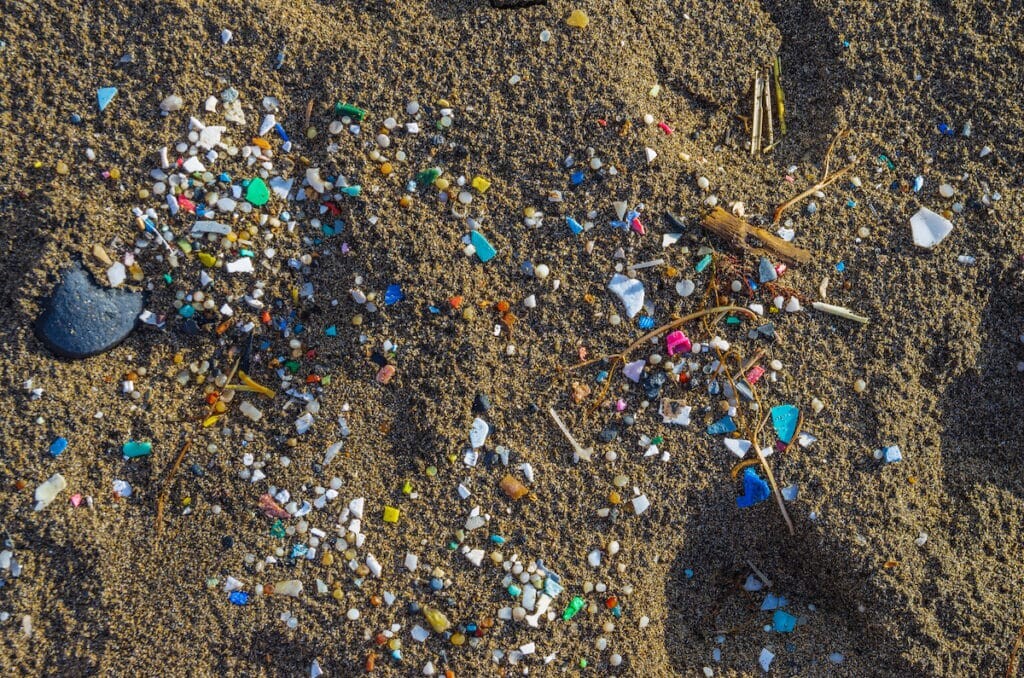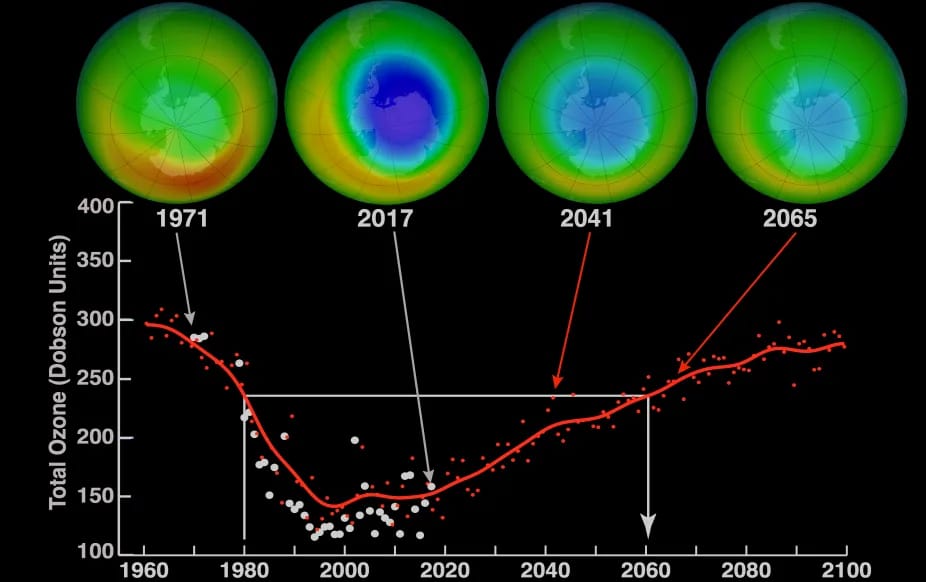From Ocean To Organs: A New Health Crisis From Microplastics

Apart from the standard elements like water, air, fire, and earth, the world has another substance, namely plastic, that is increasing daily. The 20th century witnessed a pivotal innovation in the field of materials science. Belgian chemist Leo Baekeland successfully developed Bakelite, a pioneering plastic material characterized by its smooth texture and exceptional heat resistance. Bakelite’s versatility and unique properties, including its ability to be molded into various forms and its resistance to electricity and heat, made it perceived as a revolutionary material. Named the “Material of a Thousand Uses,” the Bakelite marked the start of a worldwide fascination with plastic materials and the way it transforms our surroundings.
Being used so often, plastic offered numerous benefits, including convenience, reduced weight thus reducing shipping costs, and lower costs compared to alternative materials. The shift in perspective begins with the improper disposal or failure to recycle plastics, which can lead to environmental pollution, where tiny plastic materials persist for centuries. Over time, these plastic materials deteriorate into increasingly smaller fragments, known as microplastics, which are known to be less than 5mm in size. The presence of these problematic microplastics in the environment is a genuine concern that warrants attention and action.
Although plastic has been a part of the land for the longest time, microplastics were recently discovered. However, the concept of plastic failing to deteriorate and turning itself into contamination that is microplastic properly was a whole different source for the beginning of another additional variety of pollutant that is going to be a cause of pathophysiologies since microplastic is carcinogenic.
The very first microplastic was discovered via a groundbreaking study conducted by researchers at Plymouth University which revealed the widespread presence of microscopic plastic particles, known as microplastics, in the environment. The team, led by Professor Thompson, discovered that microplastics have been accumulated in oceans since the 1960s. Further research by the team showed that marine animals can ingest and retain these microplastics, which can then release harmful chemicals, posing a significant threat to the environment and ecosystem. This gave researchers the task to spread awareness on avoiding the use of plastic during experimentation and otherwise.
It was in 2022 when the news was struck with the headline that microplastics were discovered in human blood, increasing the concern about microplastics even more. Recent scientific discoveries have shown microplastics present in the brain. To put this into perspective, research estimates that the average individual inadvertently consumes, inhales, or ingests 78,000 to 211,000 microplastic particles annually, highlighting the pervasive nature of microplastic contamination in our daily lives.
Microplastics are found everywhere, even in the food chain. Since these particles are extremely small, they bypass water filtration systems and inadvertently enter bodies through consumption. In marine ecosystems, microplastics are ingested by various aquatic organisms, including fish and shellfish. A 2022 study detected broken-down microplastics in blue mussels off the Australian coast, reinforcing earlier findings that consuming mussels can lead to the ingestion of microplastics.
Moreover, microplastics have been discovered in various food items, including honey, tea, sugar, fruits, and vegetables. Additionally, a report from Cardiff University states that microplastics are being introduced in agricultural lands through the use of sewage sludge as fertilizer. According to the BBC, this can lead to microplastics entering waterways through soil runoff, further exacerbating the issue.
As far as health risks are concerned, the microplastic health crisis has started to be visible with the direct link of microplastic and its carcinogenic properties. Researchers are still working to fully understand the impact of microplastics on the environment and human health. However, recent studies have uncovered alarming potential health risks associated with microplastic exposure. Specifically, one study suggests that microplastics may increase the likelihood of experiencing severe and life-threatening health issues, including heart attacks, strokes, and even death. Additionally, another study has found a link between microplastic exposure and inflammation, thus warning that urgent action is needed to mitigate the issue.
Conclusion
The advent of microplastics has posed the health and environment with serious risks that demand immediate action. The extensive presence of microplastics in oceans, food chains, human blood, and brains poses significant risks to human health. Therefore, to address this crisis, a proactive approach must be taken. A substantial difference can be made by reducing plastic consumption. Making conscious choices, such as using reusable bags, water bottles, and containers, avoiding products with microbeads, choosing biodegradable materials, and recycling plastic waste effectively minimizes microplastic pollution. Furthermore, supporting organizations and government bodies that prioritize environmental conservation and sustainable practices is equally essential.
About the Author
A tiny note about me: My name is Duaa Ahmed and I’m a pharmacy undergrad student and I love to consume media in every form be it books or social media. I read and write everything that seems cool to me, and my selection of media consumption and selection of their genres are limitless — maybe it’s because I have fear of missing out or maybe because I love to know everything about everything. I hope you enjoy my articles as much as I do while writing them. Thanks for reading them!
Similar Post You May Like
-

CFCs, HFCs and their long, troubled history
At its peak, the ozone hole covered an area 7 times larger than the size of Europe, around 29.9 million km2, and was rapidly expanding
-

The Origin of Universe: Deciding point where it all began!
Let us unravel and surf through the ideas throughout ages to understand what the universe and its origin itself was to its inhabitants across history.
-

The Artemis Program
Inspired by the Greek goddess of the Moon, twin sister to Apollo, the artimis program was named on 14 May 2019 by Jim Bridenstine.






